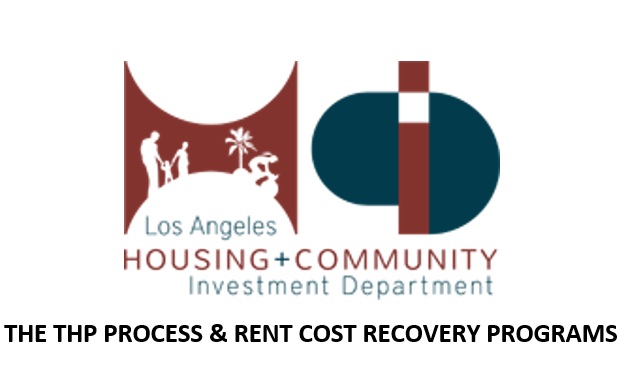If a major earthquake were to strike today, would you rather have ample food and water for your family, or a job?
Ideally, you would want both. One is for short-term survival, the other for long-term sustainability.
That’s why, as millions of Californians took part in the recent Great Shakeout earthquake drill to practice being prepared for a major quake, Optimum Seismic, Inc. was joining others to announce our role in a growing coalition of business and government leaders who are taking a stand to promote actions that will not only save lives but possibly help avert disaster all together.

Photo Credit to Webstock Review
The Los Angeles Business Federation, Los Angeles County Economic Development Corporation, Southern California Association of Governments, the United States Resiliency Council, and Optimum Seismic have joined forces to promote social and economic disaster resilience through education — starting with businesses and local business associations.
We will be reaching out to business owners to make the case that protecting their buildings is a wise investment in their future.
You see, in Southern California, our No. 1 sustainability issue is seismic resiliency. We can’t be sustainable if our homes, places of business and services are lost in an earthquake.
I was honored to participate in a press conference last month announcing this new partnership at the Southern California Association of Governments headquarters, where the release of a new whitepaper where a new whitepaper — which I coauthored with USRC co-founder Evan Reis — was also unveiled.
Our paper, “Economic Benefits of Earthquake-Resistant Buildings,” draws from many sources to demonstrate that earthquake resilience is a sound economic investment for business and government entities, particularly those that serve or employ large numbers of people. (Information on receiving a copy of the whitepaper is at the bottom of this article.)
Protecting Building Stock is Good Business
We know what buildings are vulnerable to earthquake damage, and that has sparked considerable debate among property owners, businesses and governments alike. Some building owners and cities have chosen to pursue seismic retrofits as an important solution to saving lives, protecting existing assets and ensuring the economic and social well-being of the community-at-large. Others have opted to do nothing, taking a gamble that their buildings will stay standing without a retrofit. Many others remain undecided: uncertain about the right path to follow.
Several independent studies show the money spent to protect existing building stock has significant benefits, including lower repair costs overall, less loss of building function, reliable revenue streams and improved life safety.
Businesses of all types and sizes, (and that includes apartment buildings), serve as the backbone of every community and the nation’s economic strength, the Federal Emergency Management Agency wrote in its “Quake Smart Tool Kit for Business.”
“Small businesses alone account for more than 99 percent of all companies with employees, employ 50 percent of all private sector workers, and provide nearly 45 percent of the nation’s payroll,” the FEMA report stated. “If businesses are unable to continue operations after an earthquake event, this could impact effective flow of critical products and services (i.e. food, medicine, utilities, financial, etc.), limit individual and community livelihood, and significantly delay disaster recovery.”
Loss Beyond Property Damage
Businesses are extremely vulnerable to the risks presented by earthquakes — and this in turn threatens the life, livelihood and well-being of the communities those businesses serve. This is true for businesses that lease space in a commercial building, as well as those which own and occupy their buildings. In either case, businesses such as apartment buildings may experience the following:
- Loss of cash flow: A disruption in business can mean a loss of revenue, putting a heavy strain on a business owner’s ability to pay ongoing expenses.
- Loss of equipment/inventory: Damage to equipment and inventory can stifle or halt production. This adds another burden to the initial costs of replacing what was lost.
- Loss of workforce: Operational delays caused by earthquake damage may result in employees resigning to take jobs elsewhere. This may in turn lead to lowered production once operations resume.
- Liability: Business owners may be held liable for losses incurred by employees or customers, when negligence is a factor.
Feel free to contact Optimum Seismic at 833.978.7664 for a free copy of the whitepaper if you would like to know more about calculating return-on-investment on a seismic retrofit for your building.
About Optimum Seismic
The Optimum Seismic team has been making California cities safer since 1984 by providing full-service earthquake engineering and building design services on multifamily residential, commercial and industrial buildings throughout the state. Optimum Seismic’s licensed, bonded and insured engineering and construction experts have completed more than 3,000 projects. Optimum Seismic’s earthquake retrofit services include work on soft-story multifamily apartment buildings, unreinforced masonry (URM) buildings and tilt-up, non-ductile concrete and steel moment frame commercial buildings. For more information, contact Optimum Seismic at 833.978.7664 or visit www.optimumseismic.com.







Leave A Comment